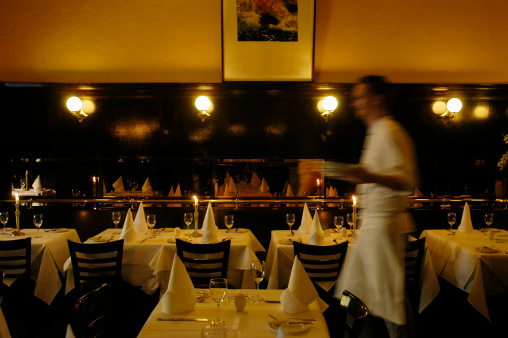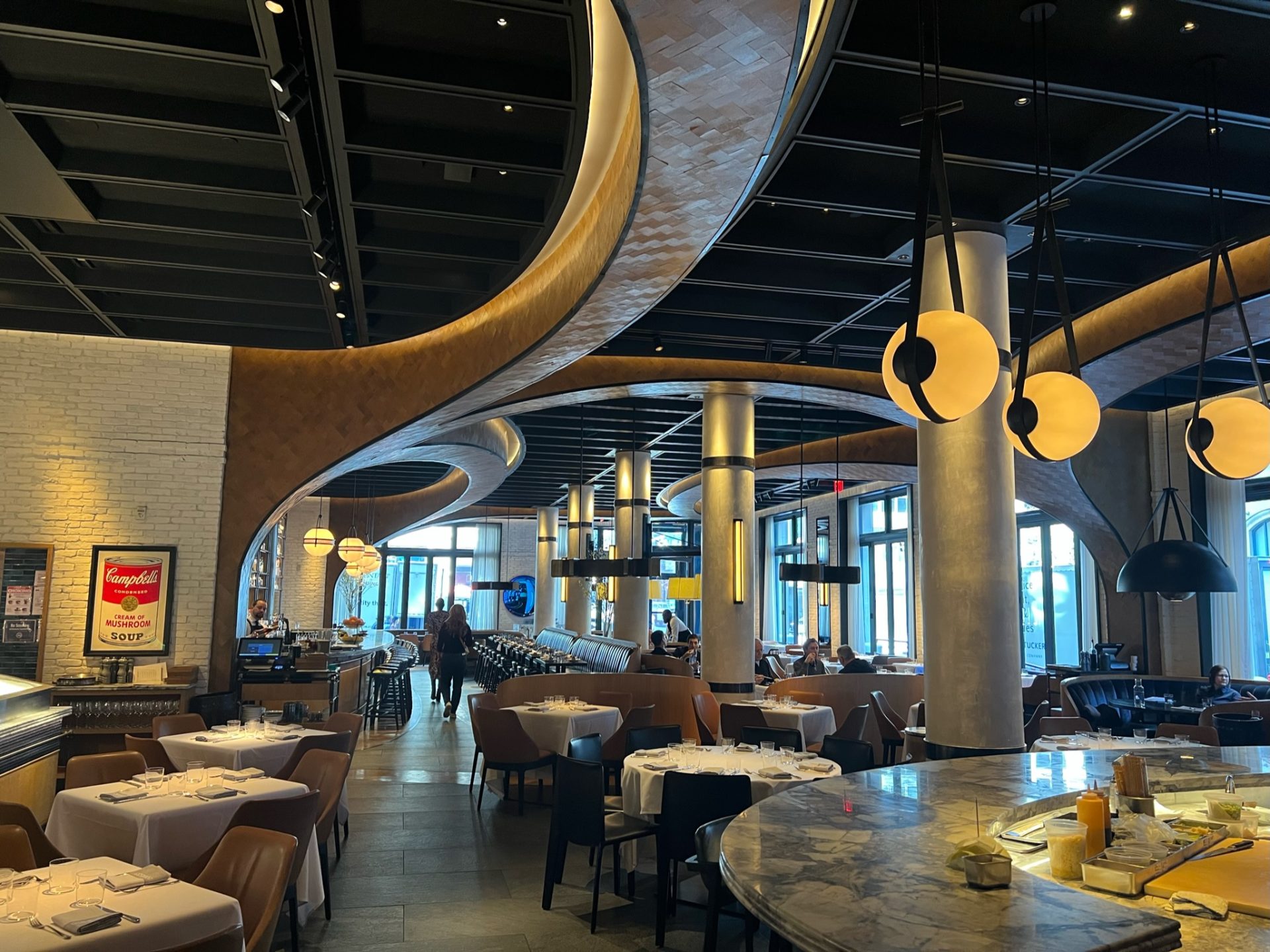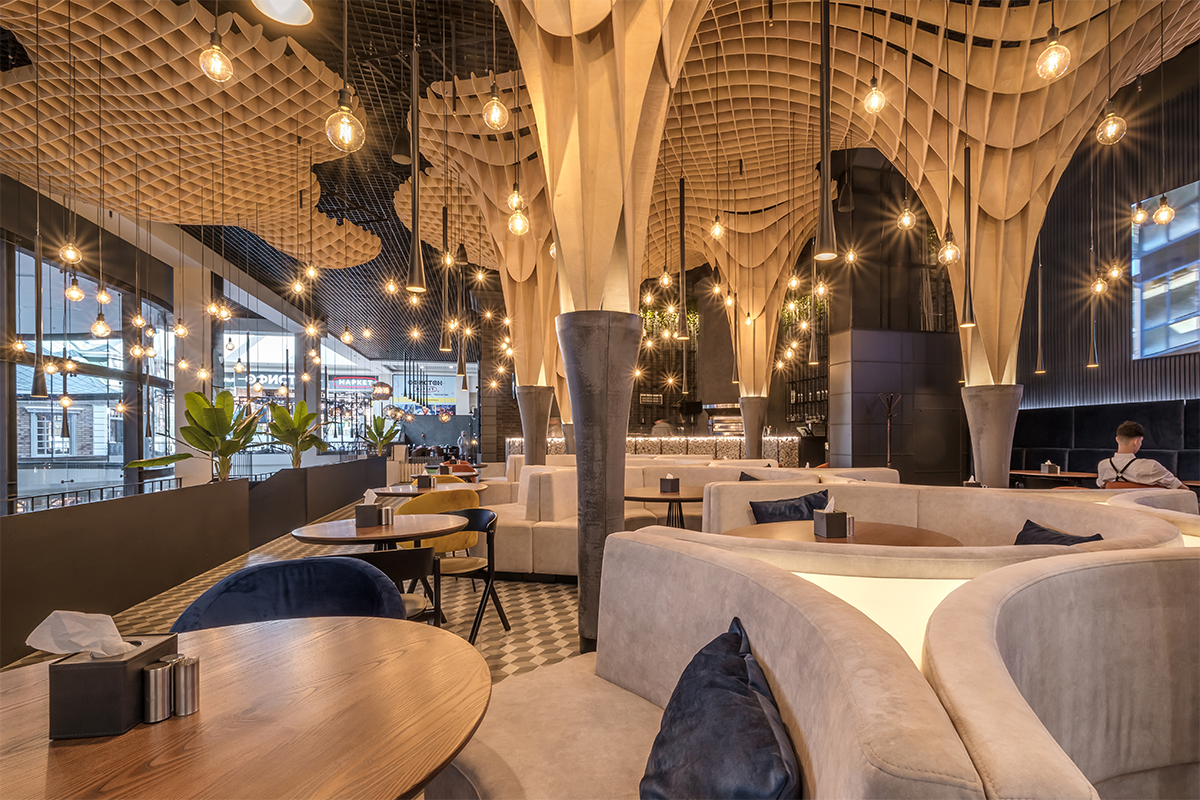Chinese Food Islamabad: Take Pleasure In Authentic Chinese Cuisine at its Best
Chinese Food Islamabad: Take Pleasure In Authentic Chinese Cuisine at its Best
Blog Article
Savor Authentic Asian Food With a Pan-Asian Twist for a Cooking Adventure
Starting a cooking trip through authentic Asian food, improved with a Pan-Asian twist, uses a special possibility to check out the rich tapestry of tastes that specify the area's varied culinary customs. This experience invites you to savor the elegant balance of preferences-- sweet, salty, spicy, and sour-- harmonized by aromatic natural herbs and spices. Imagine the ingenious blend of Thai curry and ramen or the unforeseen joy of sushi burritos. As you consider these luring recipes, take into consideration the social narratives and historic influences that shape them, each bite providing a story waiting to be uncovered.

Discovering Pan-Asian Tastes
In the world of global gastronomy, Pan-Asian cuisine stands apart for its amazing diversity and the unified interaction of flavors from different Eastern cultures. This cooking method celebrates the distinct components and abundant practices located throughout the continent, developing a tapestry of tastes that is both appealing and rewarding. Secret to Pan-Asian cuisine is its capacity to balance different flavors-- pleasant, salted, spicy, and sour-- while highlighting the quality and quality of each ingredient.
From the umami-rich soy sauce of Japan to the intense chili peppers of Thailand, Pan-Asian food uses a substantial combination of tastes. These elements are typically incorporated in inventive ways, enhancing dishes with layers of intricacy. As an example, using great smelling herbs such as lemongrass and cilantro, typical in Vietnamese and Thai food, adds a refreshing illumination to meals, while the unification of coconut milk supplies a velvety, rich structure.
The focus on fresh fruit and vegetables and fragrant seasonings makes certain that each meal is not only a feast for the palate yet also for the detects. Pan-Asian cuisine welcomes restaurants to start a cooking trip, exploring the vast and varied landscapes of Asian gastronomy with every bite.
Combination Recipes to Try
While Pan-Asian food is commemorated for its typical tastes, the modern-day culinary landscape is significantly welcoming combination dishes that mix these traditional components with impacts from various other areas. This cutting-edge strategy not only honors the rich heritage of Oriental cookeries however also presents novel preference experiences that attract modern palates.
A prime instance of such a blend recipe is the Korean-Mexican taco, where marinated bulgogi beef is covered in a cozy tortilla, covered with kimchi and a hot gochujang-infused salsa. This mix weds the strong, mouthwatering flavors of Korea with the dynamic, fresh aspects of Mexican cuisine. In a similar way, sushi burritos have obtained appeal, integrating the fragile artistry of Japanese sushi with the passionate, hand-held convenience of a burrito, frequently including blend components like tempura shrimp and avocado with a drizzle of wasabi mayo.
An additional notable meal is Thai curry ramen, which infuses the creamy, aromatic flavors of Thai curry right into the soothing brew of conventional Japanese ramen, developing a harmonious blend that entices the senses. These fusion meals expand past mere uniqueness; they stand for a culinary dialogue in between societies, encouraging expedition and development worldwide of Pan-Asian food.
Important Active Ingredients and Flavors
To really value Pan-Asian cuisine, one must recognize the necessary ingredients and spices that create its structure. This diverse culinary style attracts from an abundant tapestry of Oriental traditions, employing an unified mix of flavors and structures.
Aromatic components are essential, with lemongrass, garlic, and ginger being ubiquitous across different Pan-Asian recipes. These components offer a great smelling base that boosts the complexity of tastes. Flavors such as star anise, cardamom, and cinnamon introduce heat and character, resembling influences from areas like China and India.

Food Preparation Strategies and Tips
Mastering the art of Pan-Asian cuisine requires experience with its distinct food preparation techniques, each adding to the vibrant tapestry of flavors this culinary tradition is commemorated for. Central to these methods is the stir-fry, a fast food preparation strategy that preserves the nutritional stability and brilliant shades of active ingredients. Using a wok, the stir-fry technique enables also warmth circulation, vital for attaining the particular appearance and flavor balance of Pan-Asian dishes.
Another fundamental strategy is steaming, particularly widespread in Chinese food. This mild technique keeps the all-natural tastes and nutrients of active ingredients, making it optimal for seafood and veggies. Dumplings, a cherished staple, typically gain from steaming, causing soft, delicious appearances.
Cooking, likewise important, imparts smoky depths to dishes such as Oriental bulgogi or Japanese yakitori (asian fusion restaurant). This technique commonly involves marinating ingredients, allowing tastes to permeate deeply before food preparation over an open flame or hot plate
Lastly, understanding the art of stabilizing flavors-- wonderful, sour, salty, bitter, and umami-- is crucial. Effectively layering these aspects can elevate a dish from ordinary to phenomenal, using a complex and pleasing cooking experience that embodies the essence of Pan-Asian cuisine.
Dining Experiences Worldwide
Across the world, Pan-Asian cuisine uses an unmatched eating experience, celebrated for its abundant tapestry of flavors and vivid presentations. This cooking sensation has transcended social boundaries, recording the hearts and tastes of food enthusiasts worldwide. In worldwide cities like New York, London, and Sydney, Pan-Asian dining establishments function as fusions where cooking traditions from Thailand, Japan, China, and past merge, offering restaurants with an eclectic mix of meals that highlight the area's variety.
The global charm of Pan-Asian cuisine depends on its capacity to supply both credibility and development. Chefs skillfully wed conventional active ingredients such as lemongrass, soy sauce, and miso with modern methods, leading to recipes that are both refreshingly brand-new and acquainted. This blend allows diners to start a cooking journey that appreciates heritage while welcoming modernity.
Furthermore, eating experiences are read this article raised with thoughtfully created settings that mirror the principles of Pan-Asian looks. From minimal Japanese-inspired interiors to dynamic Thai-themed rooms, each dining establishment offers an unique atmosphere that complements his comment is here the culinary offerings. Because of this, clients are not just consuming a dish yet partaking in a social experience, making Pan-Asian dining a really worldwide phenomenon.
Conclusion
The exploration of Pan-Asian cuisine provides an extensive understanding of the detailed interaction of flavors and culinary customs across Asia. By embracing combination recipes such as Thai curry ramen and sushi burritos, the culinary journey not just highlights the versatility of standard components but additionally showcases cutting-edge contemporary methods. This gastronomic experience, enriched by cooking approaches and crucial flavors, provides an unique possibility to appreciate the multiculturalism and cooking creativity that specify Pan-Asian cuisine on a global range.
Embarking on a cooking journey with authentic Eastern cuisine, enhanced with a Pan-Asian twist, supplies an unique opportunity to discover the rich tapestry of tastes that specify the region's varied cooking customs.In the realm of global gastronomy, Pan-Asian food stands out for its impressive diversity and the unified interplay of tastes from various Eastern cultures. Trick to Pan-Asian cuisine is its capability to balance different flavors-- sweet, salted, spicy, and sour-- while highlighting the freshness and top quality of each component.

Report this page